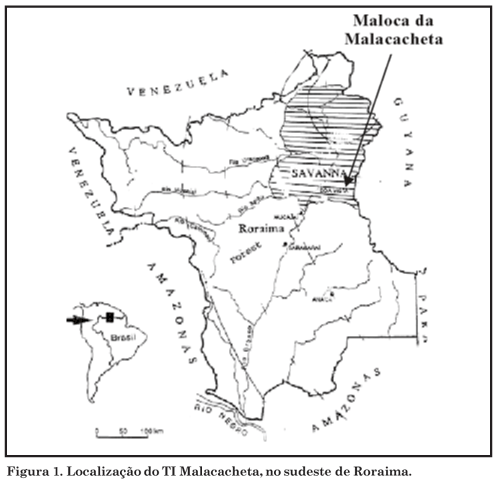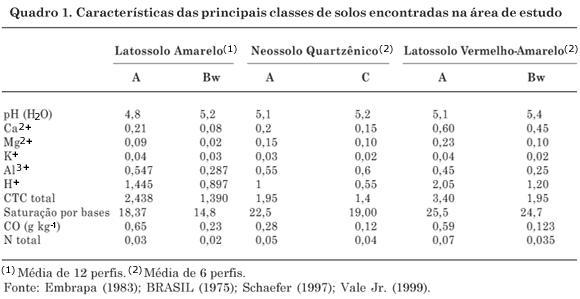Ethnopedology deals mainly with indigenous knowledge on pedo-diversity. In this sense, the agricultural and cultural traditions of the Wapishana Indians in Roraima, of the Arawak linguistic background, constitute a relevant pool of ethno-scientific knowledge in Amazonia. The Federal University of Roraima has increasingly acknowledged their importance in the Indigenous Education undergraduate courses. In this study, the ethnopedological classifications of the Wapishana Indians were confronted with the Brazilian System of Soil Classification in a soil survey of the Malacacheta Indian Territory. The ethnopedological classification of Wapishana Indians identifies and separates all environmental segments of the area, relating easily recognizable aspects of the soilscape (color, texture, depth, vegetation) with observable aspects (land use, cultivation type, suitability). The Wapishana classify eight basic soil types, that occur either separately or in associations: Imii Wyzda'u (Yellowish earth), Imii Wyza'u (Red earth), Imii Pudiidiu (Black Earth), Imii Pudiidiza'u (Dusky-Red Earth), Katy Bara Pudiidiu (Sandy loam), Imii Kaxidia'u (Black spongy), Imii Katy Bara Pudiidiu Naik Baraka'u (Black and White Sandy Ground) and Imii Wyzadaza'u Rik Pudiidiu (Mixed Yellowish earth, Dusky-Red earth and Rock outcrops), based on morphological, physical and chemical attributes, as well as land use limitations. There are clear relationships between the ethnopedological knowledge and the ethno-ecological dimension of the Wapishana culture, in the broadest sense. The ethnopedological observations, thus, represent an expression of the interwoven network of man-environment relationships, seen in a framework of universal principles of human/landscape ecology. The intense ethnopedological dialogue between soil scientists and Indians resulted in enriching, mutually beneficial contributions: the proper knowledge transfer in loco between two different traditions, the clarification of great part of the ethnopedological perceptions of both groups, and the understanding on how and why each group identified a given soil. Moreover, a soil map based on indigenous knowledge was drawn up, in an extrapolation of the cartographical base available to pedologists; this supported the conventional soil mapping of the area as well, especially in the recognition of soil inclusions and associations. Particularly, the experience allowed effective communication and approach of the representatives of indigenous and technical knowledge, based on knowledge transfer and mutual discoveries of understanding, creating synergy effects with promising results, which outreached the original aim of soil mapping of the Malacacheta Indian Territory.
Amazon; indigenous soils; Indian black earth; ethnoecology; Wapishana Indians; Macuxi Indians

 Ethnopedology and knowledge transfer: dialogue between indians and soil scientists in the Malacacheta Indian Territory, Roraima, Amazon
Ethnopedology and knowledge transfer: dialogue between indians and soil scientists in the Malacacheta Indian Territory, Roraima, Amazon



